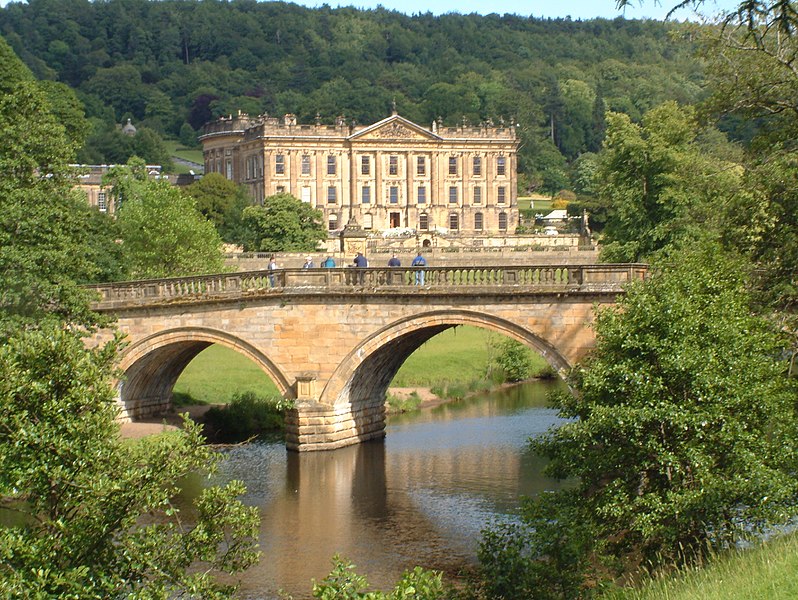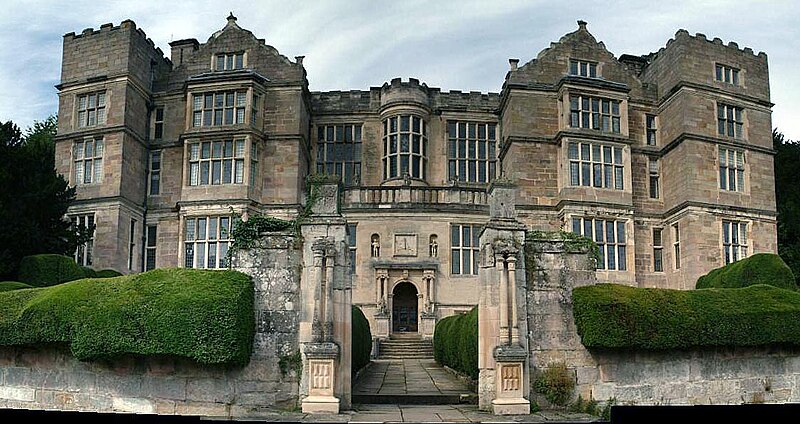I first visited the estuary town of Laugharne - pronounced
Larne - a few years ago on the way home from a weekend in Tenby with my husband. I must confess I had never heard of it
before, but the landlady of our bed and breakfast recommended it, so we decided
to look in on it. After wandering around
the town we decided to go for a walk along the path by the west bank of the
estuary of the River Taf, on which the town is situated, and after a short distance
we came across a sweet little building, barely more than a hut. Peering through the window, it became
apparent that what we were looking at was the 'Writing Shed' used by Dylan
Thomas during his time living in Laugharne.
Thomas and his family spent the last four years of his tragically short
life living in the Boat House on the shore of the estuary, and the shed was
perched just above it. It was a lovely
Sunday morning when we visited, and as we gazed out at the stunning views of the estuary and of
the majestic Gower
Peninsula away in the
distance, it was easy to imagine what a source of inspiration this spot must
have been for the most famous Welsh poet.
 |
| The Boathouse |
The first poem written by Dylan Thomas in
his Writing Shed was 'Over St John's Hill', which describes the view - "Crystal harbour
vale//Where the sea cobbles sail", "wharves of water where the walls
dance and the white cranes stilt" - and the wildlife - "the hawk on
fire hangs still" and "the elegiac fisherbird stabs and
paddles". Other works borne from
Thomas' time in the shed include 'Do Not Go Gentle into that Good Night' about
his dying father and 'Poem on his Birthday'.
The characters in 'Under Milkwood' are believed to have been inspired by
the people of Laugharne, although the location is thought to be based on New
Quay in Cardigan Bay.
 |
| The Taf Estuary |
For visitors who want to follow a 'Dylan
trail' there are a number of sites around Laugharne with connections to the
poet. Brown's Hotel was where he would
retreat to after a bout of poetry-writing in order to indulge his other great
passion in life: drinking. The sign
outside the hotel shows an image of the poet. There are two former homes which were occupied by the
poet and his family before they settled in the Boat House: Eros, a fisherman's
cottage on Gosport Street
and Sea View behind the castle. The
castle, dating from Norman times and now a ruin, was a favourite haunt of
Thomas when seeking peace and solitude.
The hillside cemetery
of St Martin's Church
harbours the graves of both Dylan and his beloved wife Caitlin. Nature lovers will find plenty of birdlife
down at the estuary, with egrets, lapwings, herons, oystercatchers, seals and
even the occasional otter making an appearance.
 | |
| Browns Hotel. Photo by Tony in Devon, via Wikimedia Commons |
The Boat House is open to visitors from May to October, and
offers memorabilia devoted to Thomas as well as a tea room and art gallery.
This year marks the centenary of the birth
of Dylan Thomas, who was born on 27 October 1914.
For the centenary a pop-up replica of the Writing Shed will be touring
throughout Wales.
Map of the area.

